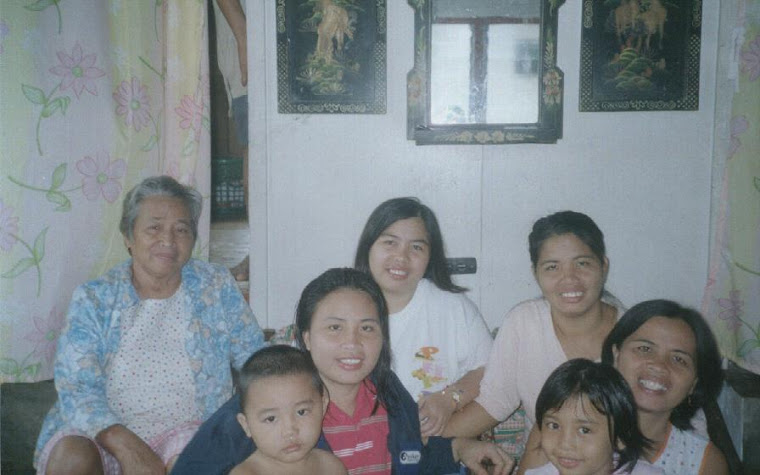Banaue Rice Terraces (Tagalog- Hagdan Hagdang Palayan) is known to be the "Eighth wonder of the world" and a UNESCO Heritage Site. These terraces were craved into the moutains of Ifugaos by ancestors of Batad indigenous people.
We Filipinos are exteremely proud of these terraces because it showcase Filipino ingenuity and hardwork. These terraces were built largely by hand and minimal equipment.
TRAVEL TIME : Banaue Rice Terraces is located up north of Luzon.
From Sagada, 2-3 hours depending on the road condition
located up north of Luzon. From Manila, it's around 9 hours drive to reach this beautiful place.
Sometimes called the "Eighth Wonder of the World", the Banaue Rice Terraces begin at the base of the mountain range and extend several thousand feet upwards. Two of the terrace clusters in Banaue, namely
Bangaan and Batad, are part of the
Unesco World Heritage inscription. It is said that their length, if put end to end, would encircle half of the globe. Built 2,000 years ago, the rice terraces manifest the engineering skill and ingenuity of the sturdy Ifugaos. They are irrigated by means of mountain streams and springs that have been tapped and channeled into canals that run downhill through the rice terraces.
The rice terraces once stretched northeast to Cagayan and as far south as Quezon. However they are now slowly being abandoned and showing signs of deterioration. A severe 1990 earthquake damaged some of the terraces' irrigation systems, while El Niño triggered droughts that led giant earthworms to erode the terraces' soil. Furthermore, the rice variety most suited to the area's cool climate is not a high-yielding crop; because it takes so long to mature, some Ifugao families have abandoned their land in the rice terraces in favor of land that reaps faster rewards.
An Ifugao Terraces Commission was created in 1994 but has since been superseded by the Banaue Rice Terraces task force, which was closed in 2002.
The camera is a tourist’s best friend. The camera could be the one built within the mobile phone, or it could be any portable camera with either automatic or manual mechanism. What is important is that this wonderful tool can capture moments of the great time you had during your Philippine travel. With this clearly in mind, we explored the famous
Banaue Rice Terraces. It is located in a place aptly called
Cordillera Mountain Province. The road to it is winding and exhausting. Plunging cliffs are constant views from the bus window. And sitting on a bus seat for hours on end is not the most comfortable experience.
When we finally arrived at the place, we were refreshed by the cold crisp air. The place is mountainous. But the natives, called Ifugaos, found a way to plant crops for their own survival. They carved the sides of the mountains and constructed stairway-like rice fields. Any engineer would be impressed by the ingenuity of the early settlers when they constructed the Banaue rice terraces. In fact, this tourist attraction is considered by many scholars to be the eighth wonder of the world.
In such a historical and marvelous site, the perfect souvenir would be … a photograph with the natives! We spotted some natives working on the terraces, but they are too far, even with the camera’s zoom feature. Luckily, many of them are sitting just outside their huts and watching tourists wandering around and taking pictures of the green Banaue rice terrace valley below. These natives who are lounging around were old men and women. Their faces are marked with lines that only harsh weather conditions can draw. But they were wearing colorful native clothes. Head dresses are made of dyed feathers. Sleeveless blouses that look like vests are embroidered and adorned with beads of all sizes. And g-strings are decorated with attractive colored patterns of squares and lines.



























































































